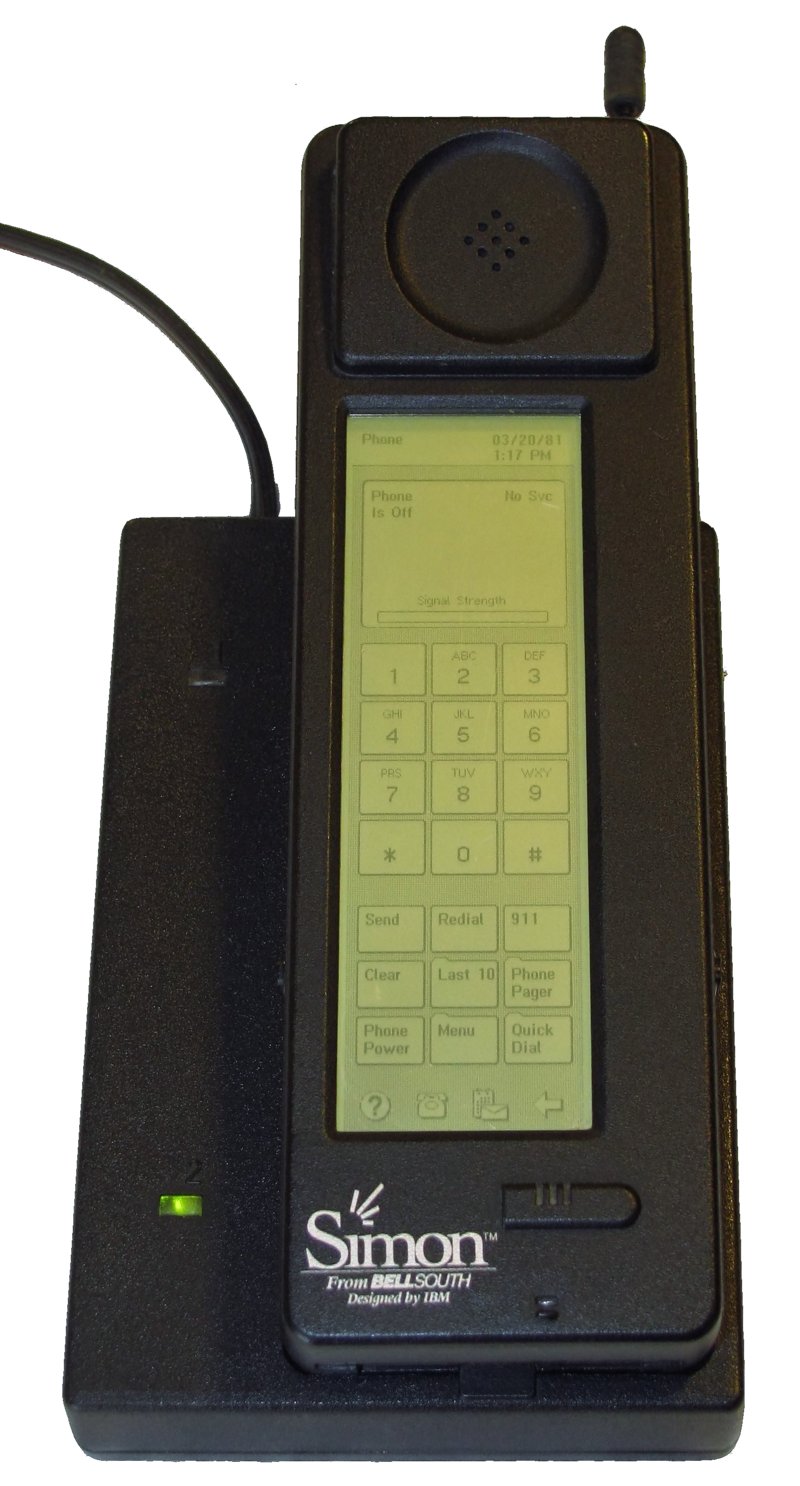The Dawn of the Pocket Computer: Tracing the Year of the First smartphone
The term “smartphone” is ubiquitous today. We carry miniature computers in our pockets, capable of handling tasks that would have been unimaginable just a few decades ago. But where did this revolution begin? Pinpointing the exact “year of the first smartphone” is a complex task, as the definition of what constitutes a “smartphone” has evolved significantly. While many credit the late 2000s with the rise of the modern smartphone, the seeds of this technological shift were sown much earlier. This article delves into the history, exploring the key milestones and debates surrounding the emergence of the first true smartphone.
The journey towards the smartphone began with the development of Personal Digital Assistants (PDAs) in the late 1980s and early 1990s. These devices, primarily designed for organizational tasks, laid the groundwork for the more versatile devices to come.
The Early PDAs: A Glimpse of Mobility

Early PDAs like the Apple Newton (1993) and the PalmPilot (1996) offered features like calendars, address books, and note-taking capabilities. They introduced the concept of handheld computing and the use of touchscreens, albeit rudimentary ones.
The Emergence of Communicators: Blurring the Lines
As cellular technology advanced, the concept of integrating communication features into PDAs emerged. Devices like the Nokia Communicator series, starting with the Nokia 9000 Communicator in 1996, began to bridge the gap.
The debate surrounding the first smartphone often centers on the definition of the term. What features are essential for a device to be considered a smartphone? Is it the ability to run third-party applications? Is it robust internet connectivity? Is it a user-friendly interface?
IBM Simon: A Pioneering Device (1994)
:max_bytes(150000):strip_icc()/who-invented-the-iphone-1992004_v4_CS-5b7587c9c9e77c00570b0e73.png)
The IBM Simon, released in 1994, is often cited as one of the earliest examples of a smartphone. It combined a cellular phone with a PDA, offering features like email, a calendar, an address book, and even the ability to send and receive faxes.
Ericsson GS88 Penelope: A Conceptual Leap (1997)
Ericsson’s GS88 Penelope, a prototype device from 1997, showcased a more advanced vision of a mobile internet device.
Nokia 9210 Communicator: A More Refined Approach (2000)
The Nokia 9210 Communicator, released in 2000, built upon the success of its predecessors and offered a more refined user experience.
The BlackBerry Revolution: Email in Your Pocket (1999)
While not initially marketed as a smartphone, the BlackBerry, introduced by Research In Motion (RIM) in 1999, played a pivotal role in the evolution of mobile communication.

The early 2000s saw the emergence of operating systems specifically designed for mobile devices, which further fueled the development of smartphones.
Symbian: The Dominant Force
Symbian, developed by a consortium of mobile phone manufacturers, became the dominant operating system for smartphones in the early 2000s.
Windows Mobile: Microsoft’s Entry
Microsoft also entered the smartphone market with Windows Mobile, an operating system based on Windows CE.
While the devices mentioned above laid the foundation, it was the introduction of the Apple iPhone in 2007 and the Google Android operating system in 2008 that truly revolutionized the smartphone market.
The iPhone: A Revolutionary Interface
The iPhone introduced a new paradigm for mobile computing with its intuitive touchscreen interface and focus on user experience.
Android: The Open Platform
Google’s Android operating system, released in 2008, offered an open-source alternative to iOS.
Determining the exact “year of the first smartphone” is a matter of interpretation. The IBM Simon in 1994 holds a strong claim, while the Nokia communicators and early Blackberry devices undeniably aided the progression. What is indisputable, is that the journey from early PDAs to the modern smartphone was a gradual evolution, marked by key technological advancements and changing consumer expectations. It was not a single moment, but a series of innovations that eventually led to the ubiquitous devices we rely on today. This journey demonstrates how the merging of computing with communication changed the human experience, and how that change continues to unfold.



